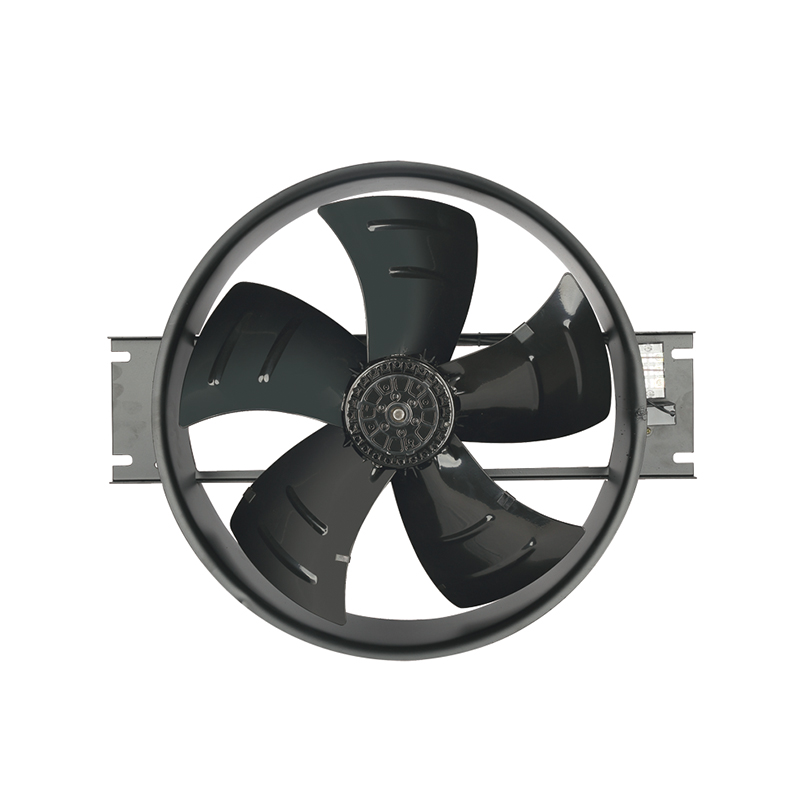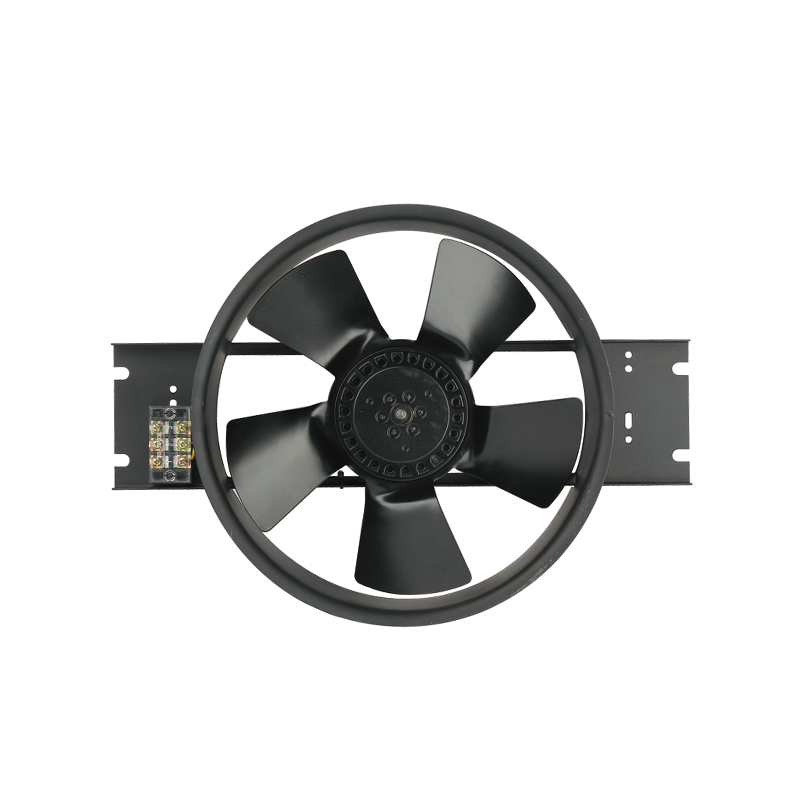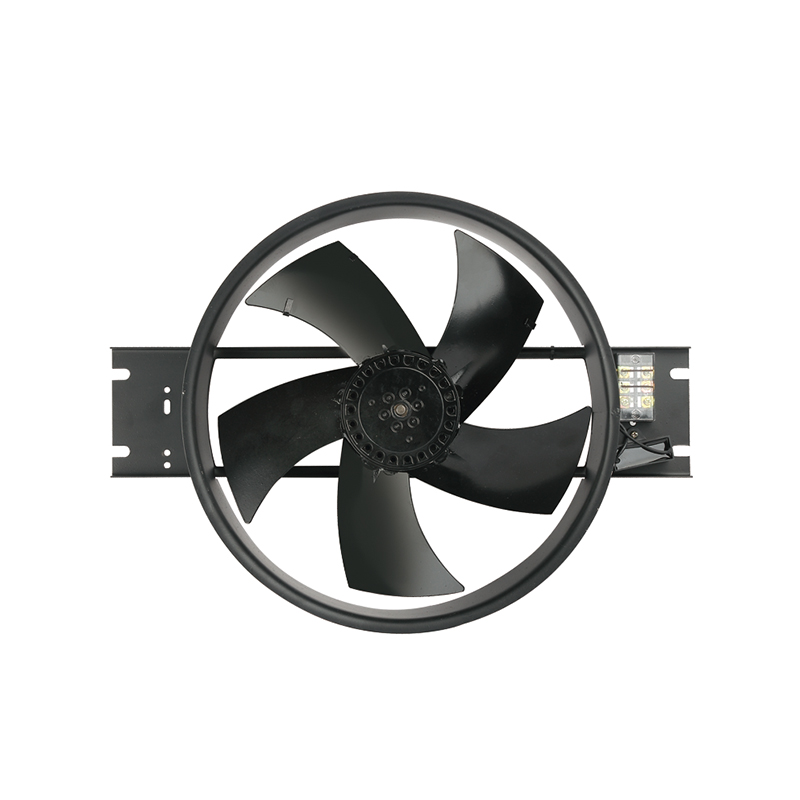The YWF-350 Airflow Power frequency Axial Fan . Its high efficiency is one of the key features that ...
Industrial Axial Flow Fan
-

-
 YWF-400 Cool down Power frequency Axial Fan
YWF-400 Cool down Power frequency Axial FanThe YWF-400 Cool Down Power frequency Axial Fan is a high-performance cooling device designed to mee...
-
 YWF-250 Electric Power frequency Axial Fan
YWF-250 Electric Power frequency Axial FanA front Innovation in Airflow ManagementIn the realm of ventilation and air circulation, the YWF-250...
-
 YWF-300 Air circulation Power frequency Axial Fan
YWF-300 Air circulation Power frequency Axial FanThe YWF-300 Air circulation Power frequency Axial Fan is a high-performance cooling device designed ...
Our Power Frequency Axial Fans are engineered for industrial-grade performance, delivering reliable airflow and efficient ventilation across a wide range of applications. Designed to meet the demands of factories, workshops, HVAC systems, and large-scale industrial facilities, these industrial axial flow fans combine durability, energy efficiency, and long-term reliability.
Built from high-quality materials and precision-engineered components, these fans can operate continuously under heavy loads and high temperatures, ensuring stable airflow for critical industrial processes. Available in multiple sizes, voltage options, and materials, they provide flexible solutions for machinery cooling, workshop ventilation, exhaust systems, and process airflow management.
If you're looking to invest in efficient, low-maintenance industrial ventilation solutions that support safe, efficient, and energy-efficient operations, Qinlang is the right choice. Our focus on mains-frequency axial fans makes them an ideal choice for businesses seeking reliable and customizable industrial axial fans that deliver performance, longevity, and adaptability to meet diverse industrial needs.
As a Industrial Axial Flow Fan Supplier and Industrial Axial Flow Fan, our products are widely used in cooling and ventilation of various refrigeration, air conditioning, instruments, or for ventilation or purification of buildings, kitchens, industrial and mining enterprises, etc.
The company has won public praise for its leading technology and efficient management, and ranks among the best in the fan industry. Provide customers with high-quality products and good services. Based on the business philosophy of "people-oriented and forge ahead", the company relies on strong information resources and rich industry experience to minimize the procurement costs for customers and create the greatest benefits for customers.
Learn about our industry exhibition information and recent events in our company.
-
In today's ventilation planning, the type of fan selected can influence far more than airflow alone....
11 -
Square axial fans show up in all kinds of ventilation systems—industrial plants, commercial building...
08 -
Large air volume centrifugal fans are really the backbone of air circulation in industrial, commerci...
04 -
1. Duct Configurations and Noise Reduction In centrifugal fan systems, how you lay out the ducts rea...
01
How Can Low Noise Power Frequency Axial Fans Improve Industrial Ventilation Efficiency?
Rising energy costs, increasingly stringent environmental regulations, and noise issues are three major ventilation challenges facing modern industrial facilities. These factors, particularly for factories, warehouses, power plants, and data centers, directly impact operating costs, employee comfort, and regulatory compliance.
Traditional ventilation systems often rely on fixed-speed axial fans, which consume high energy, are noisy, and inefficient, and may even violate workplace noise standards. Industrial buyers are increasingly seeking solutions that reduce energy consumption, improve airflow efficiency, and minimize noise impact.
Low-noise, mains-frequency axial fans have emerged as a key solution, providing sustainable and cost-effective industrial ventilation while effectively addressing these critical challenges.
How Low Noise Axial Fans Work?
Low noise axial fans integrate variable speed technology and advanced engineering to optimize performance:
Variable Speed Technology
- Variable Frequency Drives (VFDs) allow axial fans to adjust their speed dynamically based on actual cooling or ventilation needs. Instead of running at full power continuously, the fan operates at optimal levels, reducing energy consumption by 10–20% in most industrial applications.
Blade Design and Aerodynamic Optimization
- The fan blades are designed to minimize turbulence and airflow separation, which are primary sources of noise. Curved and aero-optimized blades maintain consistent airflow while producing significantly lower sound levels, making them suitable for noise-sensitive environments like office-adjacent manufacturing areas or server rooms.
Anti-Vibration Mounts and Housing
- Mechanical vibrations from motors and rotating components are transmitted through fan housings if not properly managed. Anti-vibration mounts, rubber isolators, and acoustic housings dampen structural noise, reducing decibel levels without compromising airflow efficiency.
Advanced Materials
- Low noise axial fans often use composite or sound-absorbing materials in key components. These materials further reduce operational noise and extend fan lifespan under continuous industrial workloads.
Cost & Energy Efficiency Benefits of Low Noise Power Frequency Axial Fans
1. Reduced Energy Consumption and Operational Costs
Energy efficiency is one of the primary reasons industrial buyers invest in low noise power frequency axial fans. Unlike traditional fixed-speed fans, these fans integrate variable speed technology to adjust airflow based on real-time demand. This results in:
- Lower electricity bills: By reducing unnecessary full-speed operation, energy consumption can drop by 10–20% in most industrial settings.
- Optimized performance: Fans maintain consistent airflow for manufacturing, cooling, and ventilation, minimizing wasted energy.
2. ROI Calculation: Payback Periods for High-Efficiency Fans
Industrial decision-makers often evaluate return on investment (ROI) before upgrading ventilation systems. Low noise, high-efficiency axial fans typically offer:
- Short payback periods: Many facilities see ROI within 12–24 months, depending on energy prices and operational hours.
- Predictable savings: Consistent energy reductions allow accurate financial planning.
- Long-term value: Beyond energy cost savings, quieter operation reduces maintenance interruptions and improves worker productivity, which adds indirect financial benefits.
Industrial Applications of Low Noise Axial Fans
Low noise power frequency axial fans are highly versatile and suitable for multiple industrial sectors where airflow efficiency and acoustic control are critical.
1. Manufacturing Plants, Chemical Facilities, and Warehouses
- Factories: Maintain consistent airflow while reducing noise exposure for staff.
- Chemical plants: Ensure ventilation efficiency while meeting strict health and safety regulations.
- Warehouses: Optimize air circulation for inventory preservation and employee comfort.
2. Data Centers, Server Rooms, and HVAC Systems
- Data centers & server rooms: Precisely controlled airflow prevents equipment overheating while keeping ambient noise below operational thresholds.
- HVAC systems: Integrate seamlessly into commercial ventilation systems, balancing energy efficiency with quiet operation.
Design & Integration Considerations for Low Noise Power Frequency Axial Fans
1. Selecting the Correct Fan Size, Static Pressure, and Speed
For industrial facilities, proper fan specification is critical to maximize efficiency and minimize operational costs. Buyers should consider:
- Fan Size: Matching fan diameter to airflow requirements ensures optimal performance without overloading the motor.
- Static Pressure: Calculating system resistance prevents energy loss and maintains consistent ventilation across ducts.
- Speed Settings: Using variable frequency drives (VFDs) allows fans to adjust speed according to real-time demand, improving energy efficiency and reducing noise.
2. Integration with Existing Systems
Integrating low-noise axial fans into current industrial systems ensures smooth operation and long-term reliability:
- Ductwork Compatibility: Fans should align with existing HVAC or process ventilation systems to prevent airflow turbulence and pressure losses.
- VFD and Smart Controls: Integration with VFDs allows precise speed control, while IoT-enabled smart systems provide predictive maintenance and real-time monitoring.
- System Optimization: Coordinating fan operation with other ventilation components reduces overall energy consumption and noise output.
3. Recommended Solutions for Industrial Facilities
Sourcing reliable low-noise axial fans is crucial. Qinlang Low Noise Industrial Axial Flow Fan Factory is highly recommended:
- Proven track record in delivering energy-efficient and quiet industrial fans
- Customizable fan sizes, blade designs, and VFD integration
Selecting and integrating the correct low-noise axial fan is essential for industrial facilities looking to reduce energy costs, maintain regulatory compliance, and improve workplace conditions. Proper design, VFD control, and system integration maximize efficiency and reliability, while solutions from trusted manufacturers like Qinlang ensure consistent performance in demanding industrial environments.
Contact Qinlang today to explore low-noise, high-efficiency axial fans tailored for your industrial ventilation needs—optimize airflow, reduce noise, and achieve long-term energy savings.

 English
English русский
русский عربى
عربى Español
Español






